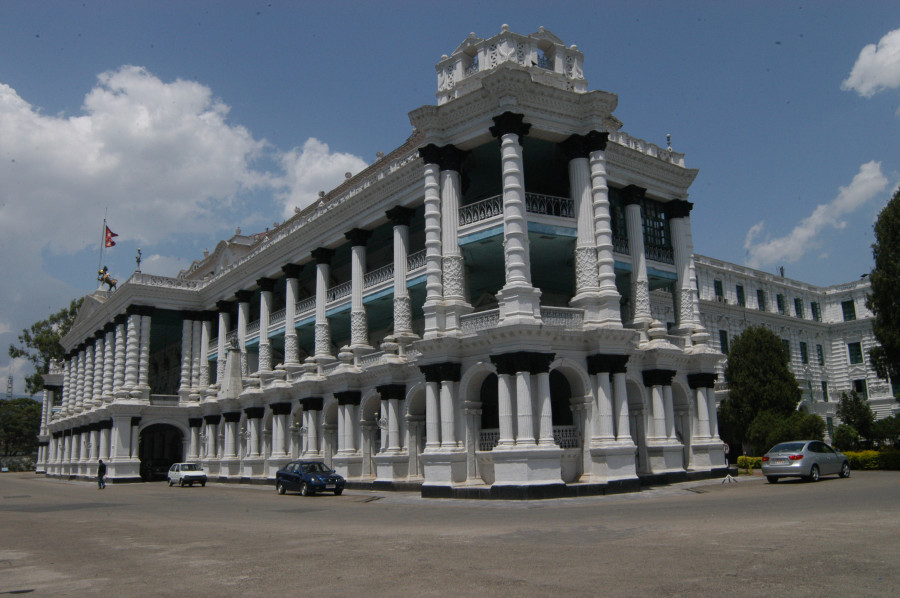Offcanvas

25 September 2025
Aditya Parajuli
Architecture as Memory: How Buildings Hold Stories for Generations
Walk through the heart of Kathmandu and you’ll find Singha Durbar, a grand white palace that has stood for over a century. Originally built as the residence of Chandra Shumsher Rana, it has since evolved into the administrative center of Nepal, holding within its walls not only the decisions of leaders but also the memory of a nation’s political and cultural journey.
Singha Durbar as a Living Archive
Singha Durbar is more than a palace; it’s a chronicle of Nepali history. From the Rana era’s grandeur to Nepal’s transition into democracy, the building has silently witnessed moments that shaped the nation. Its neoclassical design, unusual in traditional Nepali architecture, reflects a period of openness to global influence, and at the same time, the desire of the rulers to project power and prestige. Every corridor, chamber, and courtyard has absorbed the footsteps of generations of leaders, diplomats, and citizens.
Memory in Stone and Structure
Though Singha Durbar faced devastating fire in 1973, parts of its structure were restored, a reminder that memory can survive even loss. Its pillars, arches, and sweeping halls hold both the glory of the past and the resilience of the present. For Nepali, it isn’t just a government building; it is a symbol of continuity through change, a landmark that ties the nation’s present to its past.
Collective Identity in Architecture
Just as temples and courtyards represent spiritual and communal life, Singha Durbar represents governance and authority. It holds collective memory, from political struggles to national milestones. For many, its image evokes pride and reminds us of how architecture becomes part of a nation’s identity.
Balancing Heritage and Progress
The challenge now lies in preserving the memory within Singha Durbar while ensuring it meets modern needs. Restoration efforts, safety upgrades, and thoughtful use of space are ways to honor its legacy while keeping it functional for future generations. In doing so, we ensure the building remains not just a relic of history, but a living, breathing symbol of Nepal’s evolving story.
Why It Matters
At IRDA, we believe architecture is a vessel of memory. Singha Durbar teaches us that buildings do more than house people or institutions, they hold identity, resilience, and the story of a nation. By respecting such heritage, we can design future spaces that, like Singha Durbar, will inspire, endure, and connect generations.